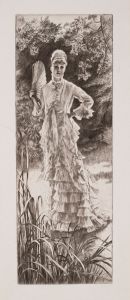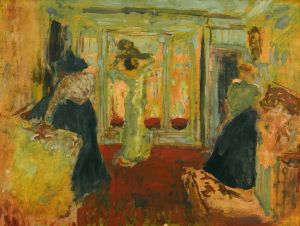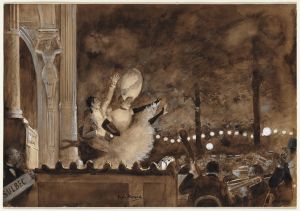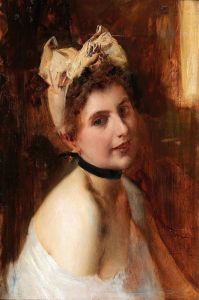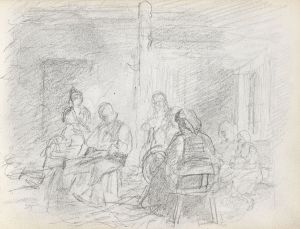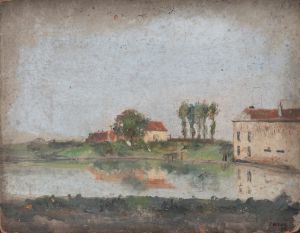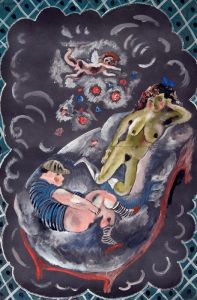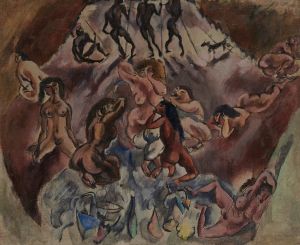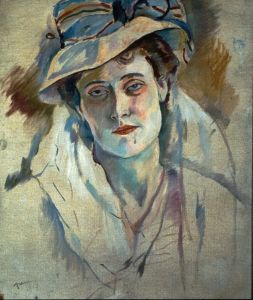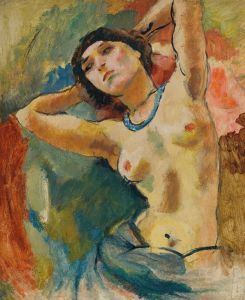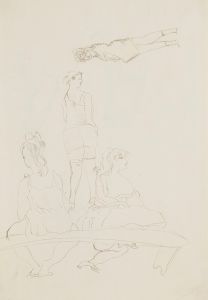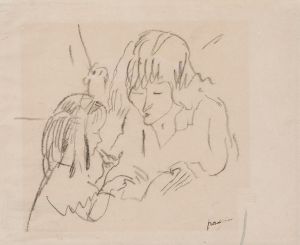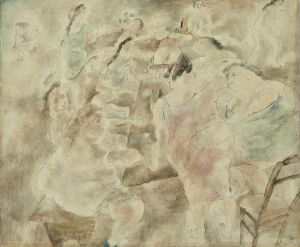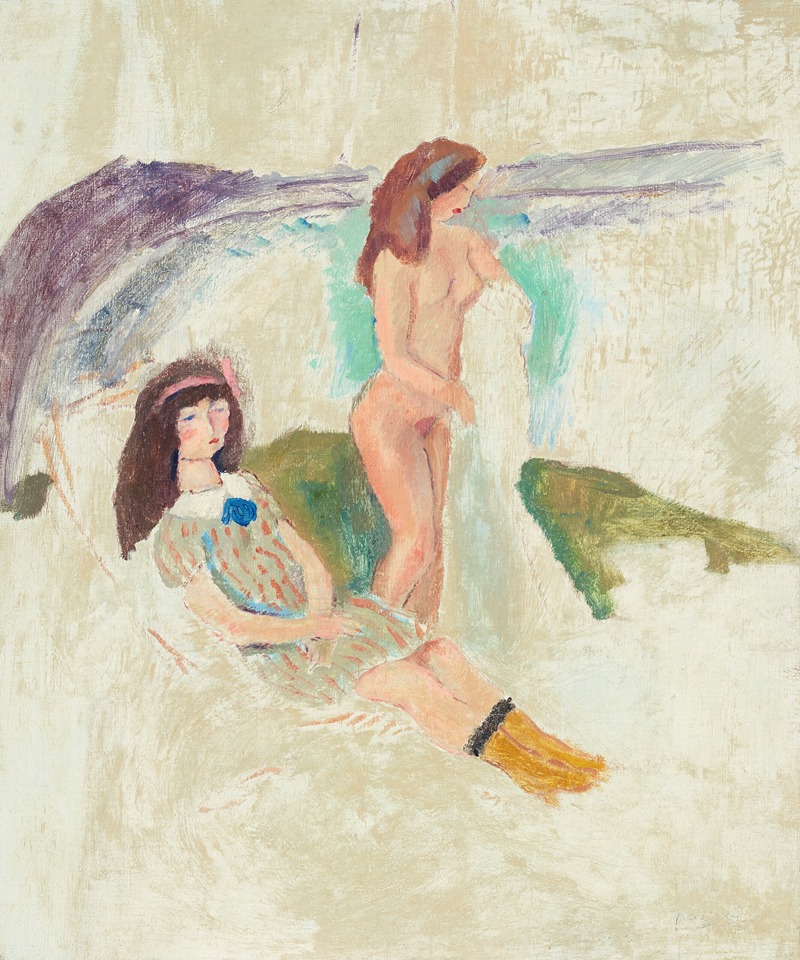
Jeunes filles à Ostende
A hand-painted replica of Jules Pascin’s masterpiece Jeunes filles à Ostende, meticulously crafted by professional artists to capture the true essence of the original. Each piece is created with museum-quality canvas and rare mineral pigments, carefully painted by experienced artists with delicate brushstrokes and rich, layered colors to perfectly recreate the texture of the original artwork. Unlike machine-printed reproductions, this hand-painted version brings the painting to life, infused with the artist’s emotions and skill in every stroke. Whether for personal collection or home decoration, it instantly elevates the artistic atmosphere of any space.
"Jeunes filles à Ostende" (Young Girls in Ostend) is a painting by the Bulgarian-French artist Jules Pascin, who is renowned for his contributions to the early 20th-century art scene, particularly within the realms of expressionism and modernism. Born Julius Mordecai Pincas on March 31, 1885, in Vidin, Bulgaria, Pascin later became a prominent figure in the Montparnasse district of Paris, where he was part of the vibrant artistic community.
The painting "Jeunes filles à Ostende" depicts a scene of young girls in the Belgian coastal city of Ostend. Ostend, known for its beaches and as a fashionable seaside resort, provides a picturesque backdrop for Pascin's work. The painting captures the essence of youthful innocence and the leisurely atmosphere of a seaside town.
Pascin's style is characterized by his delicate and fluid line work, as well as his ability to convey emotion and movement through his figures. In "Jeunes filles à Ostende," he employs a soft color palette and loose brushstrokes, which give the painting a dreamlike quality. The composition is balanced and harmonious, with the figures of the young girls arranged in a way that guides the viewer's eye through the scene.
Jules Pascin's life was marked by his extensive travels and his interactions with other artists and intellectuals of his time. He moved to Paris in 1905, where he became associated with the École de Paris, a group of émigré artists who were instrumental in the development of modern art. Pascin's work often reflected his experiences and the diverse cultures he encountered during his travels.
Despite his success as an artist, Pascin struggled with personal demons, including depression and alcoholism. His tumultuous personal life often influenced his art, adding a layer of complexity and depth to his work. Tragically, Pascin's life came to an early end when he committed suicide on June 2, 1930, in Paris. His death was a significant loss to the art world, but his legacy endures through his extensive body of work.
"Jeunes filles à Ostende" is a testament to Pascin's skill as an artist and his ability to capture the subtleties of human emotion and interaction. The painting remains an important piece within his oeuvre and continues to be appreciated by art enthusiasts and scholars alike.
In summary, "Jeunes filles à Ostende" by Jules Pascin is a notable work that exemplifies the artist's unique style and his ability to convey the essence of a moment through his art. The painting's depiction of young girls in the seaside town of Ostend reflects Pascin's keen observational skills and his talent for capturing the beauty and complexity of everyday life.





